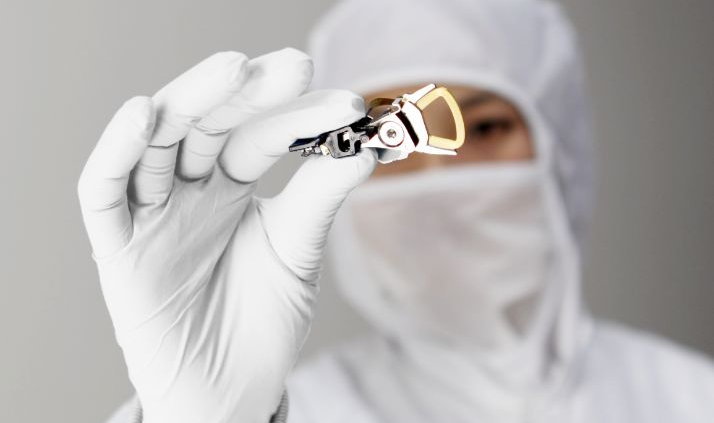If you work in an environment where electrostatic discharge (ESD) is a concern, then you may be required to wear ESD shoes. ESD shoes are specialized footwear designed to help prevent the buildup and discharge of static electricity. In this article, we’ll answer ten common questions about ESD shoes to help you understand their purpose and importance.
What are ESD shoes?
ESD shoes are shoes that are designed to help prevent the buildup and discharge of static electricity. They are often used in environments where electrostatic discharge can damage sensitive electronics or create a safety hazard. ESD shoes have special soles that are made of materials that help to dissipate static electricity, and they are often made with other materials that reduce the buildup of static charges.
How do ESD shoes work?
ESD shoes work by providing a path for static electricity to flow to the ground. They have soles that are made of materials that are conductive or dissipative, which helps to prevent the buildup of static charges. When an ESD shoe comes into contact with a conductive surface, any static charges that have built up will be discharged through the shoe and into the ground.
Who should wear ESD shoes?
ESD shoes are typically worn by people who work in environments where electrostatic discharge is a concern. This includes industries such as electronics manufacturing, telecommunications, and aerospace. ESD shoes may also be required in cleanroom environments, where even small amounts of static electricity can cause contamination or damage to sensitive equipment.
What are the benefits of wearing ESD shoes?
The benefits of wearing ESD shoes include improved safety and protection for sensitive equipment. When static electricity is discharged through an ESD shoe, it reduces the risk of a spark that could ignite flammable materials or cause an explosion. ESD shoes also help to prevent damage to sensitive electronics by reducing the risk of electrostatic discharge.
What are the different types of ESD shoes?
There are several different types of ESD shoes, including conductive, dissipative, and antistatic shoes. Conductive shoes have soles that are made of materials that are highly conductive, such as carbon. Dissipative shoes have soles that are made of materials that are less conductive than conductive shoes, but still help to dissipate static electricity. Antistatic shoes have soles that are made of materials that are slightly conductive, but are designed to limit the amount of static electricity that builds up.
How do you know if an ESD shoe is working properly?
To ensure that an ESD shoe is working properly, it should be tested regularly using an ESD tester. This will measure the resistance of the shoe’s sole and verify that it is within the acceptable range. If the resistance of the shoe’s sole is too high or too low, it may not be providing adequate protection against electrostatic discharge.
Can you wear regular shoes in an ESD environment?
No, regular shoes should not be worn in an ESD environment. Regular shoes are not designed to dissipate static electricity, and they may actually contribute to the buildup of static charges. Wearing regular shoes in an ESD environment can create a safety hazard and increase the risk of damage to sensitive equipment.
Can ESD shoes be repaired or resoled?
In most cases, ESD shoes cannot be repaired or resoled. The specialized materials used in the soles of ESD shoes are designed to provide specific levels of conductivity or dissipation, and altering the shoe could compromise its ability to protect against electrostatic discharge.
How do you maintain ESD shoes?
ESD shoes should be maintained according to the manufacturer’s instructions. This may include cleaning the shoes regularly with a specialized cleaner, avoiding contact with materials that can cause damage or abrasion to the soles, and replacing the shoes when they become worn or damaged.
How long do ESD shoes last?
The lifespan of ESD shoes will depend on several factors, including the frequency of use, the environment in which they are used, and the quality of the shoes. In general, ESD shoes should be replaced when they show signs of wear or damage that could compromise their ability to protect against electrostatic discharge. It is important to follow the manufacturer’s recommended replacement schedule to ensure that the shoes are providing adequate protection.
In conclusion, ESD shoes are an important tool for preventing electrostatic discharge in environments where it can cause damage or create a safety hazard. They are designed to help dissipate static electricity and provide a path for it to flow to the ground, reducing the risk of damage to sensitive equipment or injury to workers. ESD shoes come in a variety of types and styles, and should be chosen based on the specific needs of the environment in which they will be used. It is important to follow the manufacturer’s instructions for maintenance and replacement to ensure that the shoes are providing adequate protection.




Leave a Reply
Want to join the discussion?Feel free to contribute!